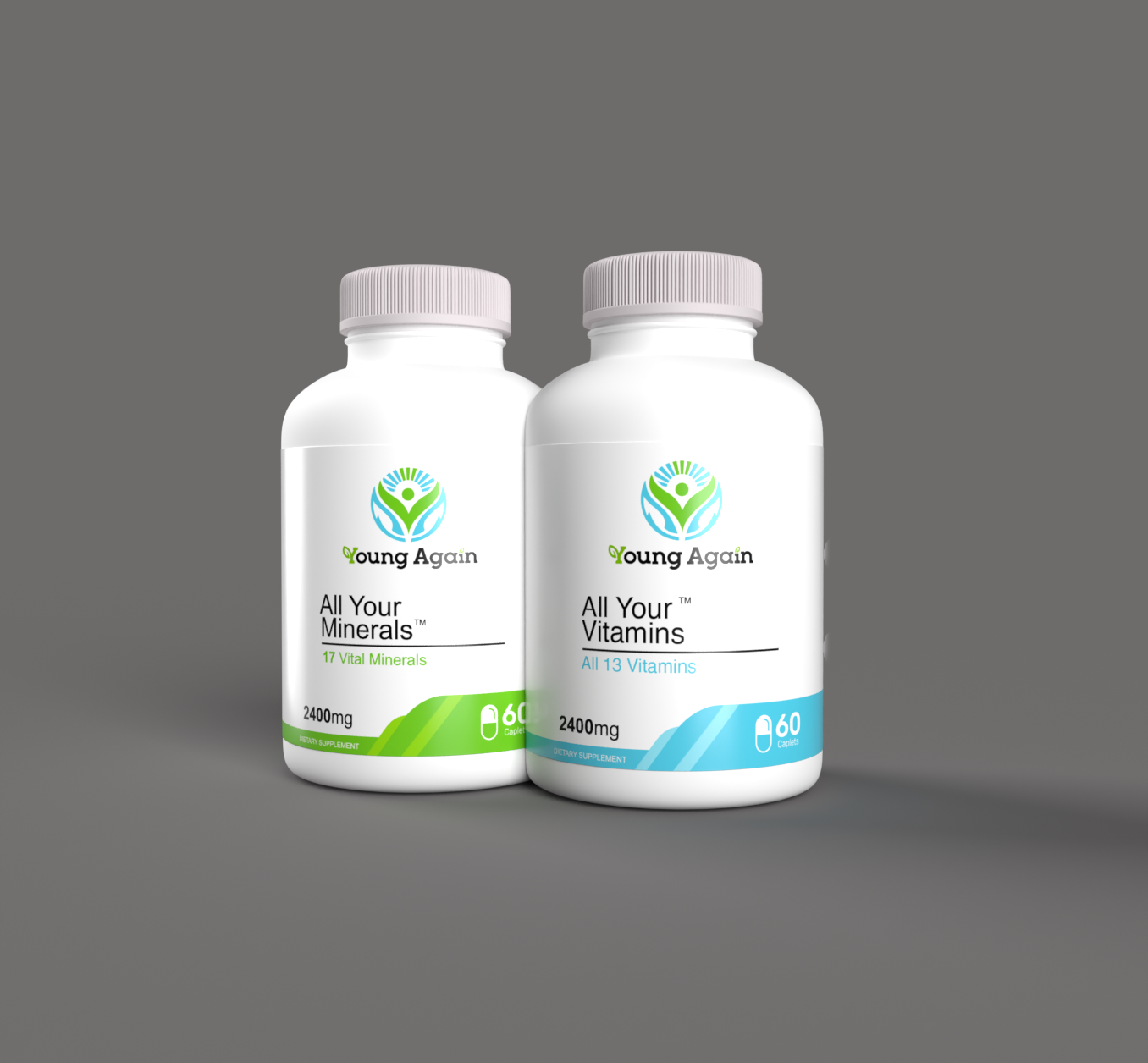
Cancer Prevention Basics for Older Adults: Lifestyle, Screening & What the Evidence Says
Share
Your life has been full of stories, lessons, laughter, and maybe some loss—but protecting your health now means making choices that allow more good days ahead. When it comes to cancer prevention after age 60, the science has advanced. You have more power than you think. This post gives you evidence-based actions, the newest research, and guidance tailored just for older adults.
“Prevention isn’t about fear—it’s about choices. It’s about protecting tomorrow by acting kindly toward your body today.”
What Makes Cancer Risk Increase with Age
As we move into our 60s and beyond, certain biological and lifestyle changes tend to tip the balance toward higher cancer risk. Understanding these changes is the first step toward managing them:
- Accumulated cellular damage: DNA gets exposed to oxidative stress and toxins over decades. Repair systems become less efficient with age.
- Weakened immune surveillance: The aging immune system is less effective at detecting and destroying abnormal cells early.
- Hormonal shifts: Menopause, lower testosterone, and altered growth signals all affect cell growth and cancer vulnerability.
- Environmental and lifestyle exposures: Smoking, alcohol, UV exposure, and processed foods compound risk over time—even if exposure began decades ago.
- Systemic inflammation: Chronic, low-grade inflammation (known as “inflammaging”) creates an environment that encourages tumor development.
What the Latest Research Is Showing
Here’s what studies over the past year have revealed that’s especially relevant for older adults:
Light daily movement reduces risk: A 2024 UK Biobank study showed that older adults who increased their daily steps—even light walking—reduced their cancer risk by 25–30%.
Diet plays a central role: Anti-inflammatory diets high in fruits, vegetables, legumes, and healthy fats are consistently linked to reduced risk of cancers like colon, breast, and prostate.
Screening saves lives: Appropriate screening in older adults (e.g., mammograms, colonoscopies, skin checks) still offers significant benefits. The key is personalizing timing and type of test to your health status and family history.
Aging and cancer share biological roots: Cellular aging and cancer both involve DNA damage, stem cell exhaustion, and inflammation. That means healthy aging practices (like improving sleep, diet, and movement) also reduce cancer risk.
Action Steps You Can Take Right Now
- Stay on top of screenings: Talk with your provider about which cancer screenings are appropriate for your age, risk factors, and medical history. Many screenings remain beneficial into your 70s or longer.
- Move daily—even gently: Walking, gardening, housework, stretching—it all counts. Aim for consistency, not intensity. Replacing sedentary time with light activity improves cellular function and immune health.
- Eat an anti-inflammatory diet: Focus on colorful produce, leafy greens, whole grains, nuts, seeds, and omega-3-rich foods like salmon or flaxseed. Limit red meat, processed snacks, and added sugar.
- Cut back (or eliminate) alcohol and tobacco: Quitting smoking at any age dramatically reduces cancer risk. Limiting alcohol to 0–1 drinks per day is recommended for cancer prevention.
- Protect your skin: Use SPF 30+, wear sun-protective clothing, and avoid tanning beds. Skin cancers are among the most common and most preventable in older adults.
- Support your immune system: Prioritize sleep, manage stress, and stay socially connected. Even moderate sleep improvement can strengthen immune surveillance against abnormal cells.
Know the Signs Worth Reporting
Early detection improves outcomes. If you notice any of the following, don’t wait—talk with your doctor:
- Unexplained weight loss, fatigue, or loss of appetite
- New or changing moles, lumps, or bumps
- Persistent pain or discomfort without clear cause
- Changes in bowel or bladder habits
- Chronic cough, hoarseness, or difficulty swallowing
- Bleeding or discharge that’s new or unusual
What to Expect as You Make Changes
- In a few weeks: Improved energy, better digestion, steadier blood sugar, and better sleep.
- In 3–6 months: Potential improvements in weight, inflammation markers, and general immune resilience.
- In a year or more: Lower lifetime risk of several types of cancer and higher quality of life.
The Takeaway
Cancer prevention in your 60s, 70s, or beyond isn’t about extreme diets or fear-based decisions—it’s about consistent, kind choices that honor the life you’ve lived and protect the years still to come. It’s about nourishing your body, catching issues early, and staying empowered.
“You don’t have to control everything. But you can influence more than you realize.”
You deserve clarity, confidence, and vibrant health at every stage of life.
References
- Montégut, L., et al. (2024). Aging and cancer: Shared mechanisms, modifiable factors, and emerging interventions. Molecular Cancer, 23(4). https://doi.org/10.1186/s12943-024-02020-z
- Shreves, A. H., et al. (2024). Daily physical activity and incident cancer in older adults. British Journal of Sports Medicine, 58(2), 113–119.
- National Council on Aging. (2024). How older adults can reduce their risk of cancer. https://www.ncoa.org
- Moffitt Cancer Center. (2024). Skin cancer prevention strategies for older adults. https://www.moffitt.org
- Mount Sinai Health System. (2024). Aging immune system’s role in cancer growth. https://www.mountsinai.org

